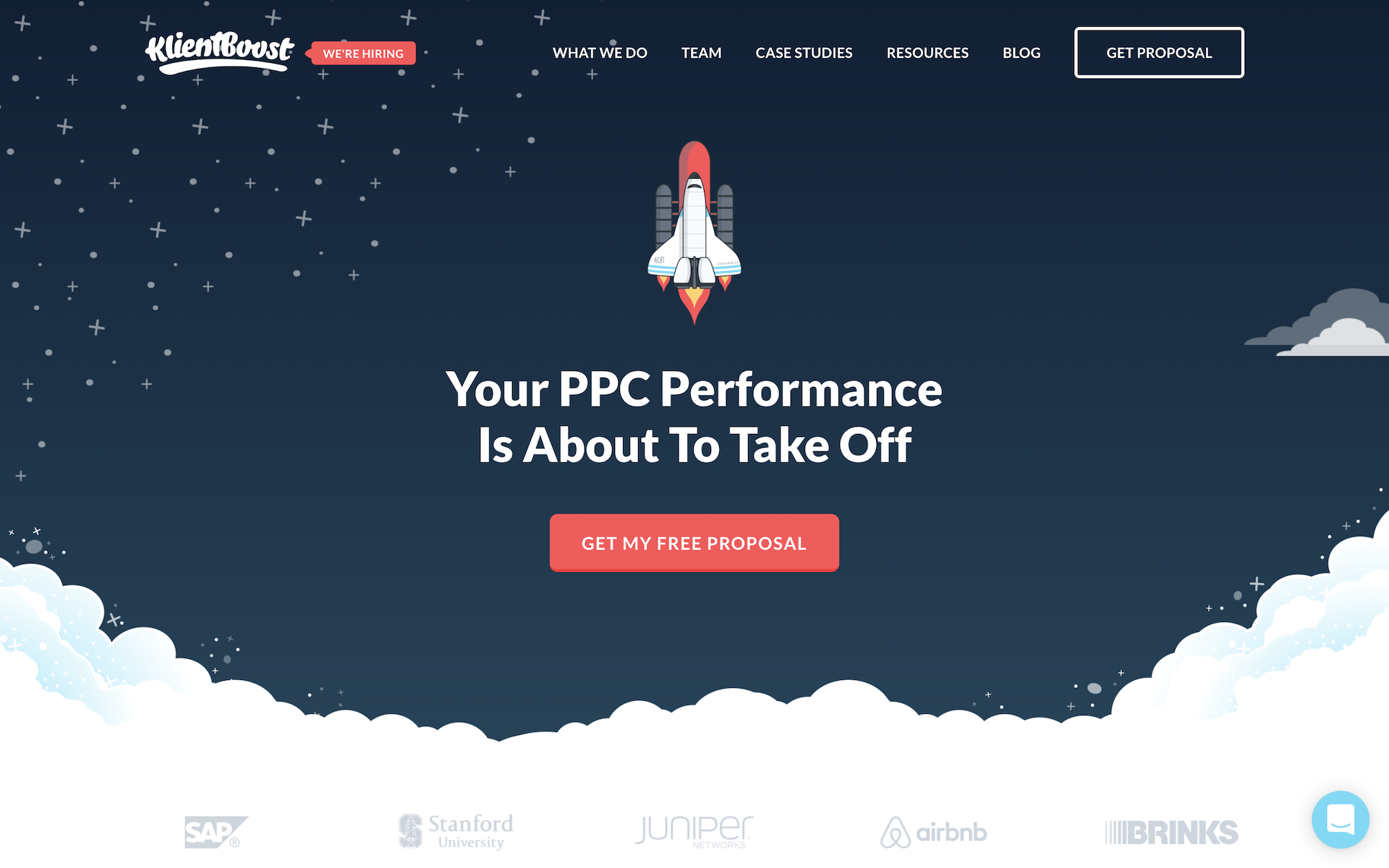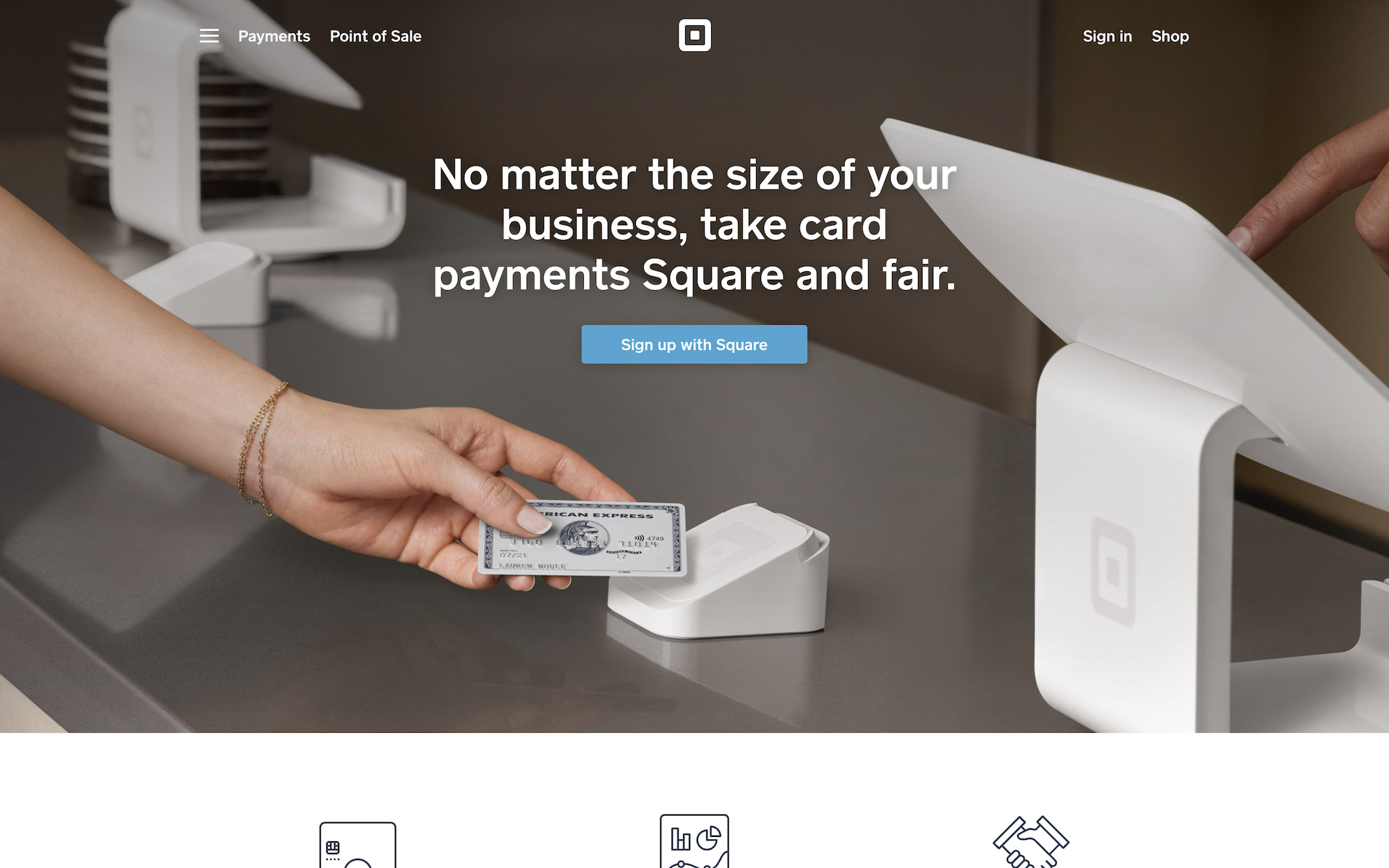Sliders (or carousels as they are sometimes known) are content blocks that typically sit at the top of a website, in particular a home page. The idea is that they allow you to cram a lot of information into the most important retail space on your website. You can get multiple messages across (offers, key content, calls to action), pushing various different types of customers to the parts of your website that is suitable to them. Except here’s the thing. They don’t work.
The theory all seems very sound, it makes a lot of sense to put all your important information at the top of the site, but in practice, that’s not the case.
1. The experience is inconsistent
As i’ve discussed in previous blogs, the users accessing your sites will be doing so across various different devices. It’s important to ensure that if someone visits your website during the day on their computer, and then comes back on via their mobile device in the evening, that they feel familiar with how to navigate around your site, and more basically, how to use it. The problem with sliders between desktop and mobile, is they change in size drastically, their contents are often moved about and the way they function differs. On a desktop your clicking arrows to move left/right but on a mobile, the arrows disappear and you use a swipe. This may feel that like it ties in with the natural usage of a smart phone, but it creates a disparity between experiences, and it also isn’t immediately obvious that a swipe is even possible. This then leads on to the next point.
2. Conversion rates beyond the first slide are dreadful
Notre Dame University carried out a study on conversion rates, and the news isn’t good. Only 1% of the users interacted with the slider, and of that 1%, more than three quarters only clicked on the first slide. In other words, if you’re using a slider on your site, pretty much no one is seeing the content beyond slide 1. When you consider that a carousel is at a minimum 25% of the screen space when you land on the site, that’s a lot of wasted real estate.
3. People subconsciously treat them as advertising
We’re bombarded with adverts at every turn in life. In the car, they’re every few minutes on the radio. We have billboards at every turn. Your social media feed now has an advert every ten or so posts, and if you’re unfortunate enough not to use an ad blocker, most large websites will be showing you ads for websites that you previously visited through re-targeting. This is before we even consider e-mail adverts, television and spam through your letterbox. We’ve become so saturated with advertisements, that we’ve developed an ability to subconsciously ignore anything that looks remotely like it’s trying to sell something. Carousels have now become synonymous with this and as such, people are just scrolling right on by.
What should I do instead?
The alternative is quite simple. Use hero shots. This is a single message call to action that conveys the most important message you have at that given time. It typically has a bold title, a short paragraph and an image that tells the story you’re trying to get across. Here are some examples of really good hero shots:




